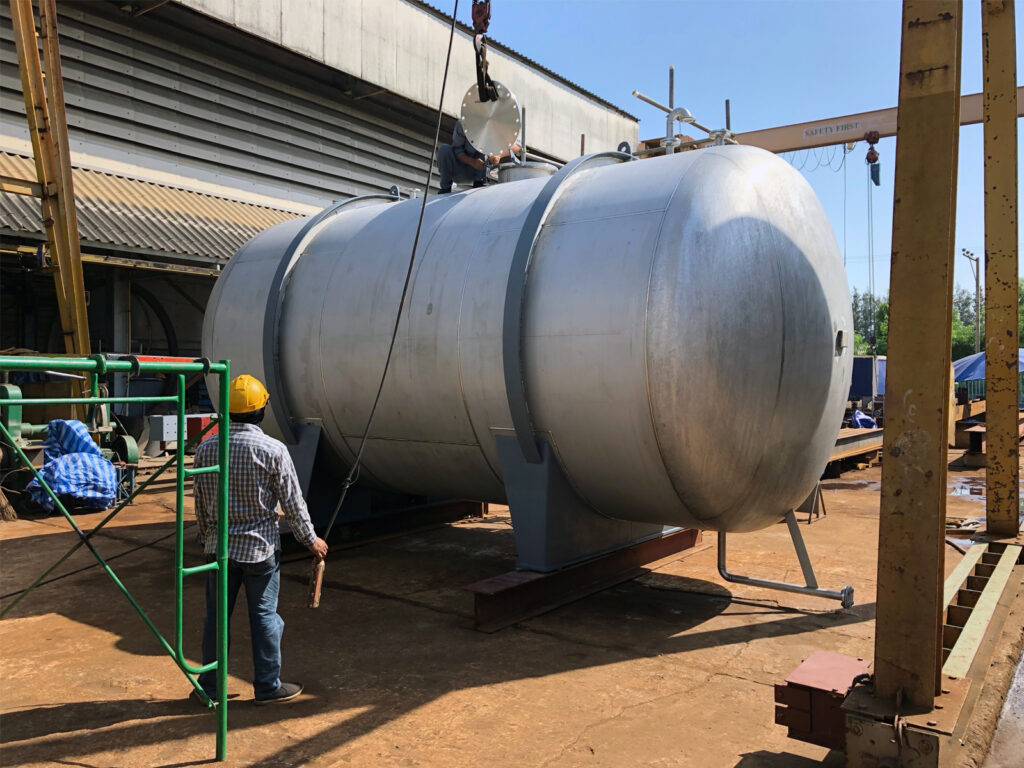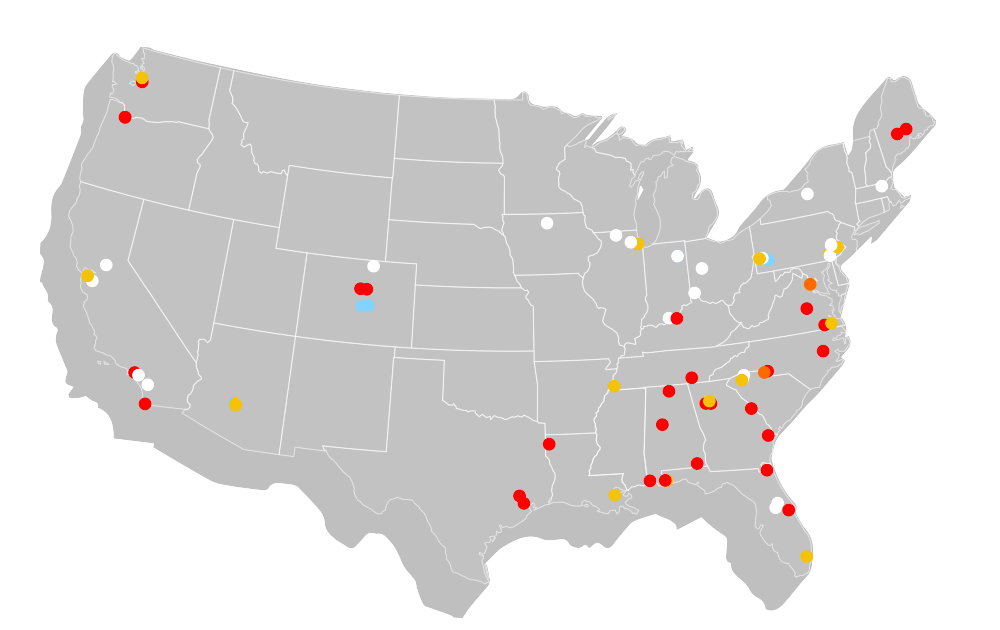Heat exchanger systems are an important part of operations for hundreds of thousands of plants and facilities across countless industries, making their reliability and performance essential. Heat exchangers transfer heat between two fluids or a fluid and a gas, often operating under extreme temperatures and pressures. Over time, the heat exchanger’s plates, tubes, coils, and other components are subjected to wear, corrosion, and various types of stress, compromising both efficiency and structural integrity. Regularly scheduled heat exchanger inspection and preventative maintenance services help promote longevity and efficiency by identifying and addressing these issues before they lead to costly failures, unexpected downtime, and even safety hazards. ATS’ nondestructive testing and inspection experts provide heat exchanger inspection services for clients operating in the power generation, oil and gas, petrochemical, food and beverage manufacturing, and HVAC fields, as well as several others.
Heat Exchanger Inspection Process and Techniques
ATS’ comprehensive heat exchanger inspections involve a combination of nondestructive testing techniques designed to assess the condition of internal and external components without causing damage or requiring significant disassembly or downtime.
Eddy Current Testing
One of the most common heat exchanger inspection methods is eddy current testing, which is particularly effective for detecting defects such as cracks, corrosion, pitting, and wall thinning. Eddy current testing works by inducing electromagnetic currents in the heat exchanger’s tube walls and analyzing changes in the resulting magnetic field to detect anomalies, which indicate damage or flaws. This technique is highly sensitive, providing detailed information about the size and location of defects, as well as how significant the damage is.
Ultrasonic Testing
Ultrasonic testing uses high-frequency sound waves to detect internal defects, measure wall thickness, and assess material integrity. Ultrasonic inspection is particularly useful for detecting flaws in ferromagnetic materials and can be applied to various heat exchanger components.
Remote Visual Inspections
Borescopes and other similar devices allow our NDI technicians to perform remote visual inspections. This method is frequently used to visually examine internal surfaces for signs of fouling, scaling, and other mechanical damage. Remote visual inspections provide real-time visual feedback and can reach areas that are otherwise inaccessible.
Additional Techniques
Magnetic particle testing and dye penetrant testing may also be used to detect surface cracks and defects in heat exchangers and their components. Infrared thermography is valuable for assessing the thermal performance of heat exchangers by detecting temperature inconsistencies that may indicate blockages or other inefficiencies.
Heat Exchanger Inspection at ATS
Regularly scheduled heat exchanger inspection services from ATS help get ahead of costly repairs and unexpected downtime by identifying defects and maintenance needs early, often extending the service life of equipment and avoiding unexpected replacement costs. Our predictive maintenance experts can create custom-tailored plans for your business to maximize efficiency, achieve optimal performance, and reduce energy consumption and operating costs. Give us a call today at 1 (888) 287-5227 for a free quote or additional information on our comprehensive heat exchanger inspections.



